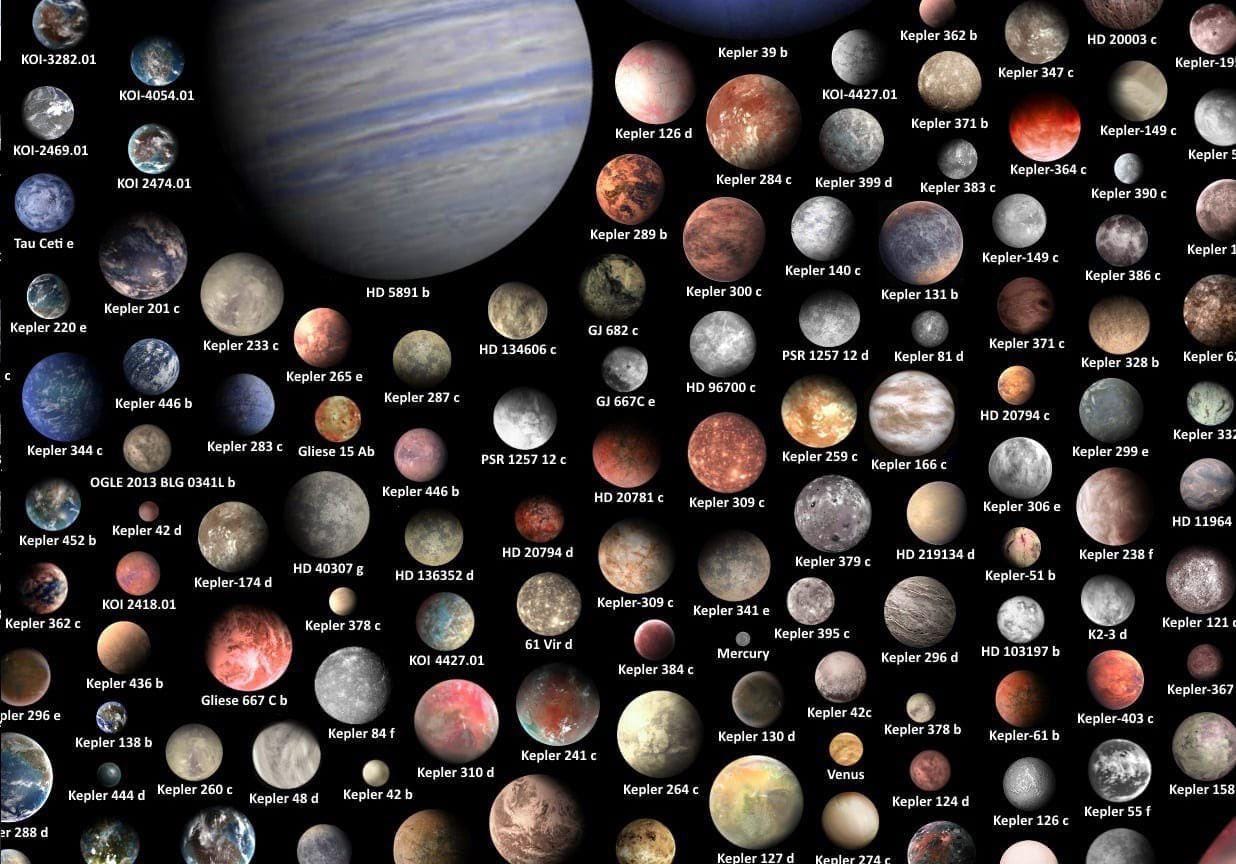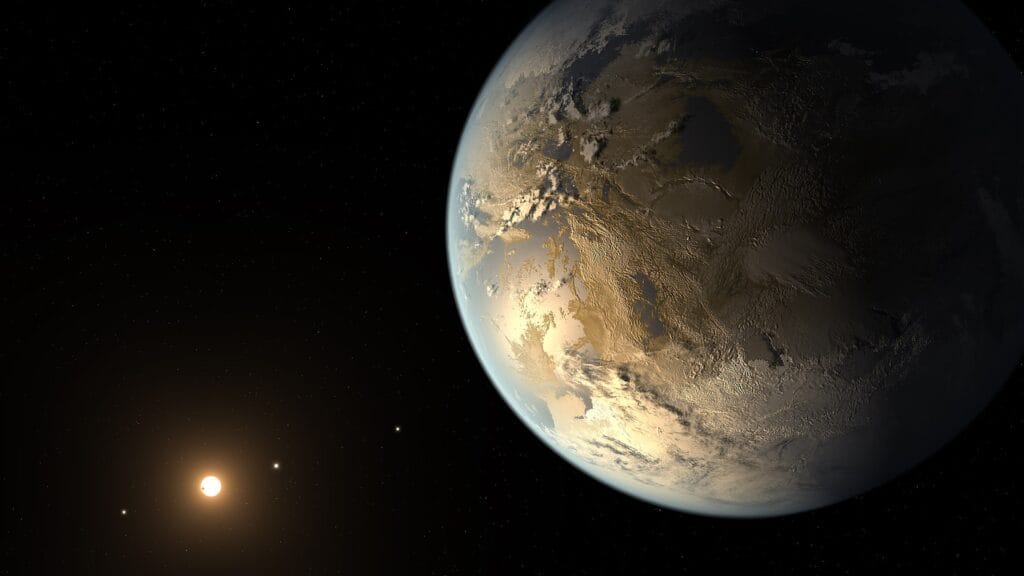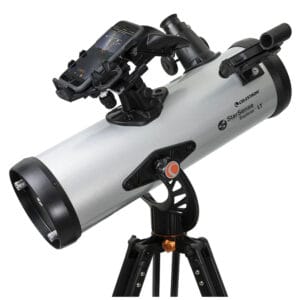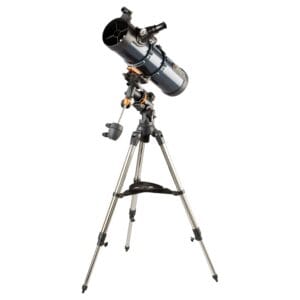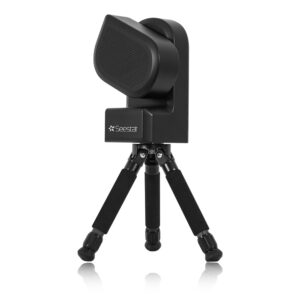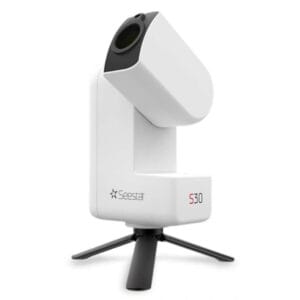Exoplanets discovered: exoplanets are planets that orbit stars other than our sun. Until a few decades ago, their existence was purely theoretical. Today, we know they are everywhere. In fact, almost every star in the sky likely has its own planetary system.
The first confirmed discovery of an exoplanet dates back to 1992, when astronomers Aleksander Wolszczan and Dale Frail discovered two planets orbiting a pulsar. In 1995, the first exoplanet around a sun-like star followed: 51 Pegasi b. This marked the beginning of a true revolution in astronomy.
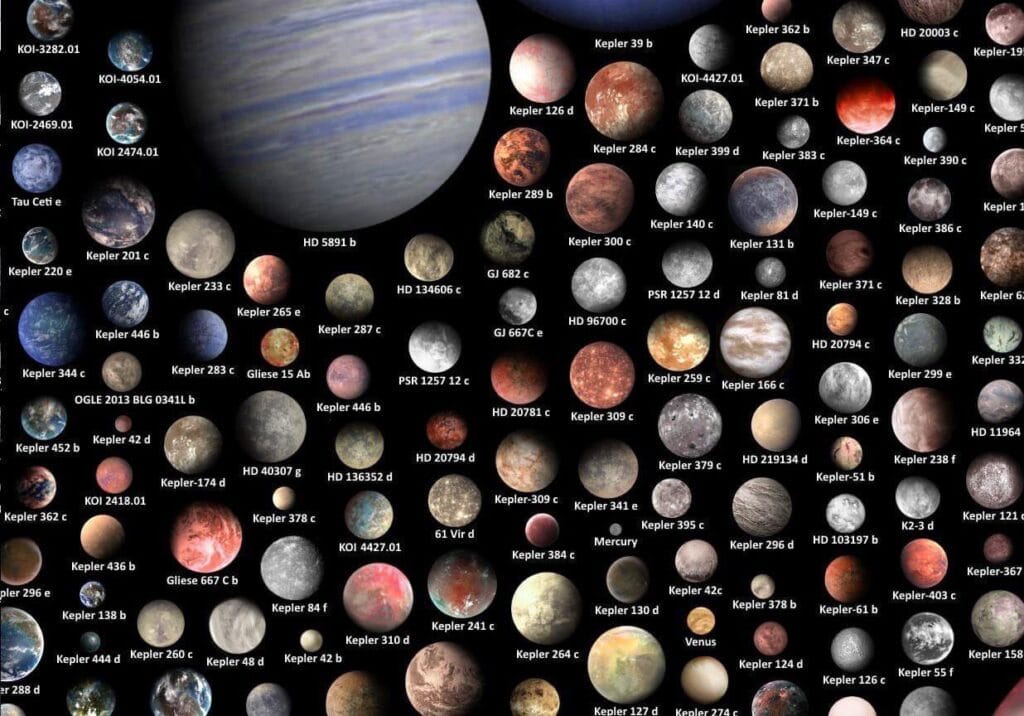
Exoplanets Discovered: how many Exoplanets are there?
According to the latest figures, more than 5,500 confirmed exoplanets have been found, spread across thousands of stars. And these are just the confirmed ones. Astronomers estimate that in the Milky Way alone, there are hundreds of billions of planets – more than stars. This means that planets are the rule rather than the exception.
Most exoplanets have been found using space observatories such as NASA’s Kepler and TESS missions. These telescopes scan the sky looking for starlight that briefly dims when a planet passes in front of it. This technique, called transit photometry, is responsible for the majority of discoveries.
What are the 5000 Exoplanets?
These thousands of exoplanets differ enormously from each other. Some are gas giants larger than Jupiter, others are compact rocky worlds like Earth. Astronomers have even found planets that orbit their star in just a few hours, or planets that orbit two stars like in science fiction movies.
What this diversity shows is that planet formation is a universal process – but with countless outcomes. Some planets don’t look like anything we know in our own solar system. This is what makes studying exoplanets so exciting: each discovery can yield something unexpected.
What is the Habitable Zone and how many Planets are in it?
In the search for extraterrestrial life, scientists focus primarily on exoplanets in the so-called habitable zone – the distance from a star where liquid water can exist on a planet’s surface. Water is considered essential for life as we know it.
So far, more than 60 exoplanets have been found in such a habitable zone. This doesn’t automatically mean they are habitable, as factors such as atmosphere, magnetic field, and stellar activity also play a major role. But they are the best places to investigate further.
What is the most Promising Exoplanet?
Several exoplanets stand out due to their potential for life. One of the most famous is Kepler-186f – a rocky planet in the habitable zone of a red dwarf star, about 500 light-years from Earth. It’s only slightly larger than our planet and represents one of the first true “Earth-like” discoveries.
Another well-known candidate is K2-18b, a so-called super-Earth with signs of water vapor in its atmosphere. And then there’s Proxima Centauri b – the closest exoplanet, just 4.24 light-years away. It orbits in the habitable zone of our neighboring star Proxima Centauri, although habitability may be limited by the active and radiation-rich nature of that star.
Kepler-186f:
The first Earth-like exoplanet found in its star’s habitable zone.
Properties:
- Distance to Star: Kepler-186f orbits a red dwarf star about 500 light-years from Earth. It is located in its star’s habitable zone, where temperatures could be suitable for liquid water.
- Size: Kepler-186f is only 10% larger than Earth, which means it’s likely a rocky planet.
- Composition: Although there are no direct measurements of the atmosphere’s composition yet, scientists suspect it may have a dense atmosphere, similar to Earth’s.
- Habitability: Its presence in the habitable zone and its size make it a strong candidate for Earth-like conditions and possible life.
Proxima Centauri B
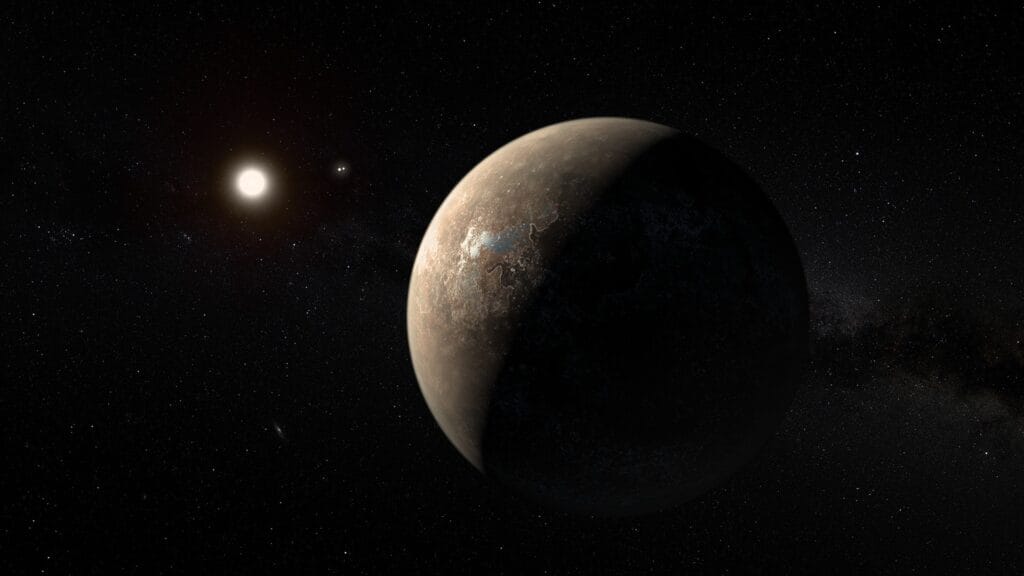
- Closest exoplanet (4.24 light-years).
- Orbits Proxima Centauri, our neighboring star.
- Potentially habitable, though the star is very active.
What is the Strangest Exoplanet?
Some exoplanets are downright bizarre. Think of a planet where it rains metal (WASP-76b), or a world like HD 189733b, where storms rage at speeds of 8,000 km/h and glass-like sand flies horizontally through the atmosphere. There are even planets made of pure diamond or planets without stars, floating in the emptiness of space.
These extreme worlds teach us that the universe is more creative than we could ever imagine.
How are Exoplanets Discovered?
Exoplanets are usually not seen directly, but indirectly observed through clever measurement methods. The two most commonly used techniques are:
- Transit photometry: This involves looking for small decreases in a star’s brightness when a planet passes in front of it. This is the most popular and successful method to date.
- Radial velocity method: This measures the subtle “wobbles” in a star’s motion caused by the gravity of a planet orbiting it.
Other methods include gravitational microlensing (where light from a background star is temporarily magnified by a planet’s gravity) and direct imaging, where powerful telescopes sometimes capture a planet directly.
Thanks to these techniques, thousands of exoplanets have been identified – and that number grows daily.
The Future of Exoplanet Research
With the arrival of the James Webb Space Telescope, we are able to analyze the atmospheres of some exoplanets in detail for the first time. Scientists are looking for biosignatures such as oxygen, methane, and carbon dioxide – substances that on Earth are partly the result of life.
Each new discovery brings us one step closer to answering one of science’s biggest questions: are we alone in the universe?

